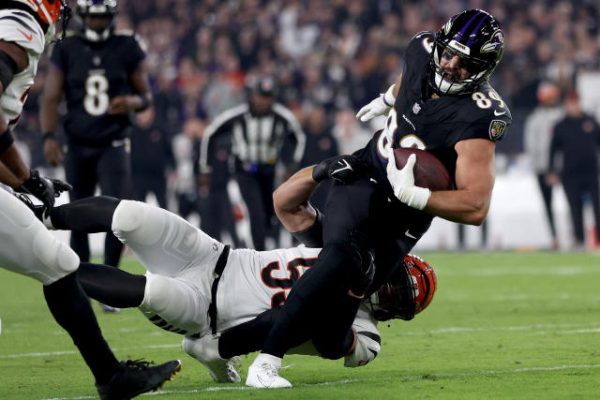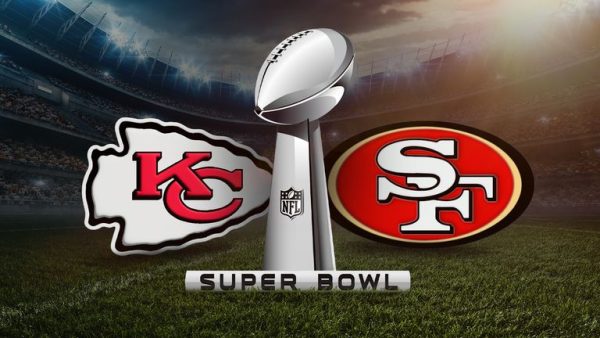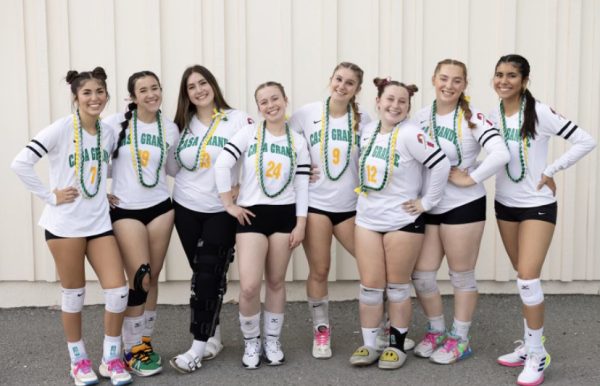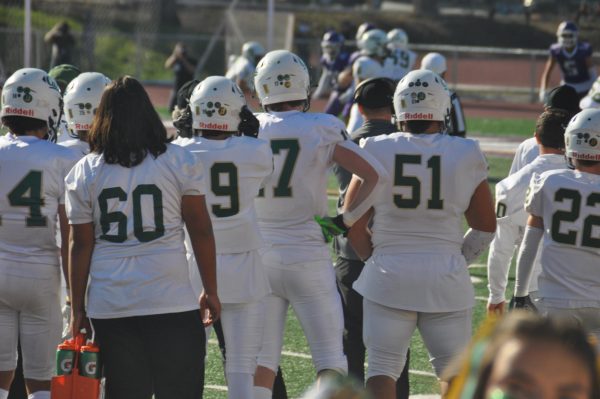In Defense of Cheer
Unathletic. Catty. Not a “real” sport. Cheer often gets stuck with the worst reputation: it’s looked down upon for its perceived lack of athleticism and the supposed drama behind the scenes. Besides the myriad misperceptions of those who cheer, there are real ramifications as to how cheerleaders are treated and how the sport is judged by their peers.
Unathletic. Catty. Not a “real” sport. Cheer often gets stuck with the worst reputation: it’s looked down upon for its perceived lack of athleticism and the supposed drama behind the scenes. Besides the myriad misperceptions of those who cheer, there are real ramifications as to how cheerleaders are treated and how the sport is judged by their peers. Senior Jessalyn Ealand weighs in on common views and stereotypes of cheerleaders.
“We are known as the ‘populars,’ or the ‘school sluts’; it’s just how everybody sees us. People judge you, especially if you’re on JV. People will judge you even if you’re a senior who wants to try cheer for their last year; they’re like ‘Oh, you’re a senior, so you suck,’” said Ealand.
Although some cheerleaders may let stereotypes affect and define them, sophomore Carli Delgado does not. She and the rest of the team constantly questions and challenges other students’ statements about their collective aptitude and social standing.
“I ignore it if people are like ‘cheerleaders are just hoes.’ I’m like okay, well, you guys still watch us perform,” said Delgado.
Regardless of the stigmas attached to cheerleading as a sport and cheerleaders as people, there are undeniably large roles of responsibility that fall on the members of the squad.
“We’re required to dress up for spirit days and we’re required to represent the school. There’s always rules about what you’re not allowed to do in a uniform; if somebody sees you doing something that you’re not supposed to be doing, it reflects badly on the team which then reflects badly on the school,” said Ealand.
It’s a no-brainer that not every cheerleader is an airhead; in the same vein, it should be obvious that the sport itself is far more than waving pom-poms and keeping team spirit up. However, many stubborn people still refuse to acknowledge the time, dedication, and pure athleticism that goes into cheerleading. Cardio, conditioning, and strength are just a few of the components that make up a solid cheerleading squad. Concentration and mental toughness are of the utmost importance, and even a small lapse in attention can lead to severe injury.
“You have to use your muscles to get people up and keep people up. If you’re a base, you’re responsible for somebody. I don’t think it’s fair when people say it’s not a sport; they don’t know how much work we put into this. If somebody’s thrown up in the air and we all stand there, she could become paralyzed or maybe die,” said Delgado.
One of the team’s cheerleaders was lucky enough not to do exactly what Delgado explained.
“I broke my back. It was the last practice of freshman year and we were doing this flip stunt that they wanted more practice with, and I was practicing on the ground, and I was going into this flip and I landed flat on my back,” said Ealand.
The copious amount of practice put into performing stunts may not be apparent to the average high schooler, but the cheerleaders and football players have a rapport that extends beyond using the same field on game day. With this camaraderie comes a certain level of appreciation for each other’s respective sports.
“I know the coaches and the girls have really good relationships with the guys. I think they really do respect us. A lot of the football players see us outside and I think they realize it is a lot of work,” said Delgado.












